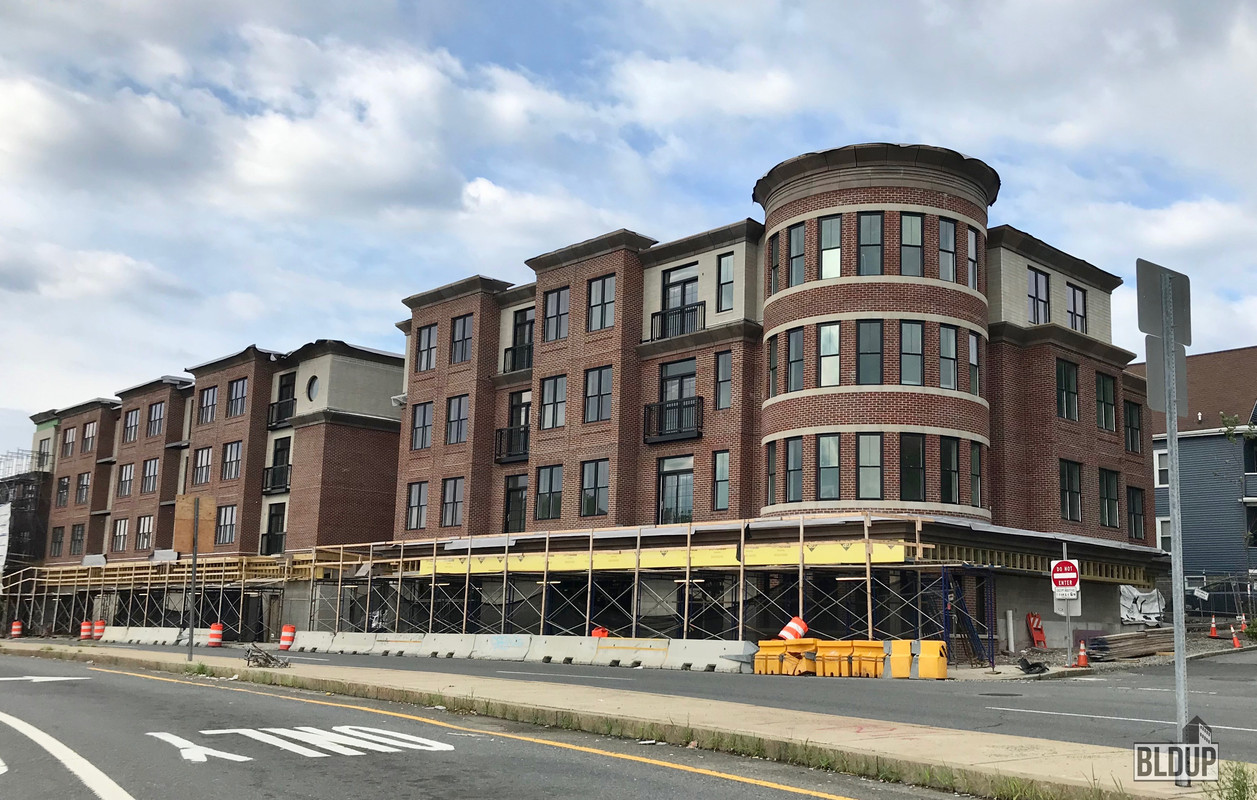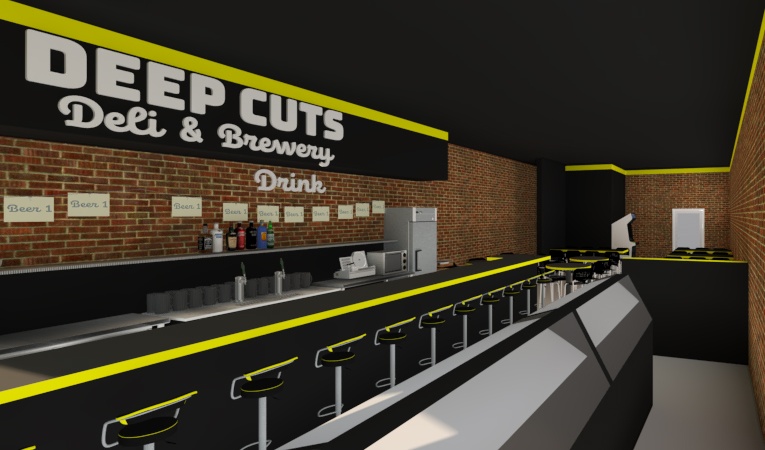Equilibria
Senior Member
- Joined
- May 6, 2007
- Messages
- 7,085
- Reaction score
- 8,316
the davis station opened in december of '84. that's quite the delayed effect if you're saying the redline station explains the square's relative gentrification and "hipness" quotient in the 1990s.
Not if you consider how long it takes for developers to "discover" a neighborhood, buy lots, design projects, pull permits, find financing, construct, and open. 10 years is about right for that.

/cdn.vox-cdn.com/uploads/chorus_image/image/64875713/Boynton_Yards.0.jpg)

